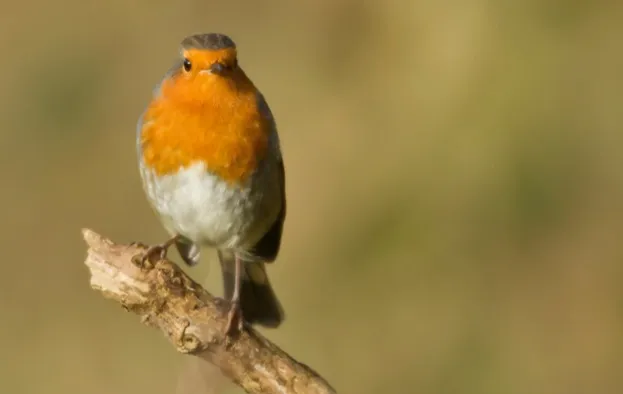Higher numbers of migratory winter birds, such as waxwings, redwings, fieldfares and bramblings have been reported in the UK during the Big Garden Birdwatch 2017.
The citizen science project takes place each year at the end of January and is the world’s largest garden wildlife survey.
“In the lead up to the Birdwatch there was some speculation as to whether we could see a ‘waxwing winter’ and the results prove that to be the case,” said RSPB conservation scientist Dr Daniel Hayhow.
“Flocks of these striking looking birds arrived in the UK along the North Sea coast and will have moved across the country in search of food, favouring gardens where they can feast on berries.”
It is thought that weather conditions in Scandinavia resulted in the berry crop failing, causing the waxwings and other species, to flock to the UK in search of food.
‘Waxwing winters’ occur every 7–8 years and are known as an irruption.
In 2017, waxwings were seen in around 11 times more gardens than in non-waxwing years and were seen as far west as Wales and Northern Ireland.

Robins were seen in 89% of gardens during the 2017 Big Garden Birdwatch © Grahame Madge
Robins and blackbirds were also seen in high numbers, with the latter becoming the most widespread bird – spotted in more than 93 per cent of UK gardens.
While these are both resident species in the UK, their winter populations are often boosted by migratory individuals from the continent.

Sightings of some bird species, including the blue tit, have dropped in 2017 © Chris Gomersall
“This year was another incredible year for the Big Garden Birdwatch, with our favourite garden birds joined by more unusual visitors,” said RSPB wildlife advisor Claire Thomas.
“Our gardens can become an invaluable resource for birds – throughout the year birds need food, water and a safe place to shelter.”
A range of other garden bird species were seen less than in previous years, including blue tits, great tits and coal tits.
2017 was the 38th Big Garden Birdwatch, and almost half a million people took part.
Top 10 species in 2017 Big Garden Birdwatch
Bird species - average number per garden (% of gardens species recorded in)
- House sparrow - 4.3 (67%)
- Starling - 3.2 (48%)
- Blackbird - 2.9 (93%)
- Blue tit - 2.5 (80%)
- Woodpigeon - 2.3 (78%)
- Goldfinch - 1.6 (34%)
- Robin - 1.6 (89%)
- Great tit - 1.4 (40%)
- Chaffinch - 1.3 (40%)
- Long-tailed tit - 1.2 (30%)
